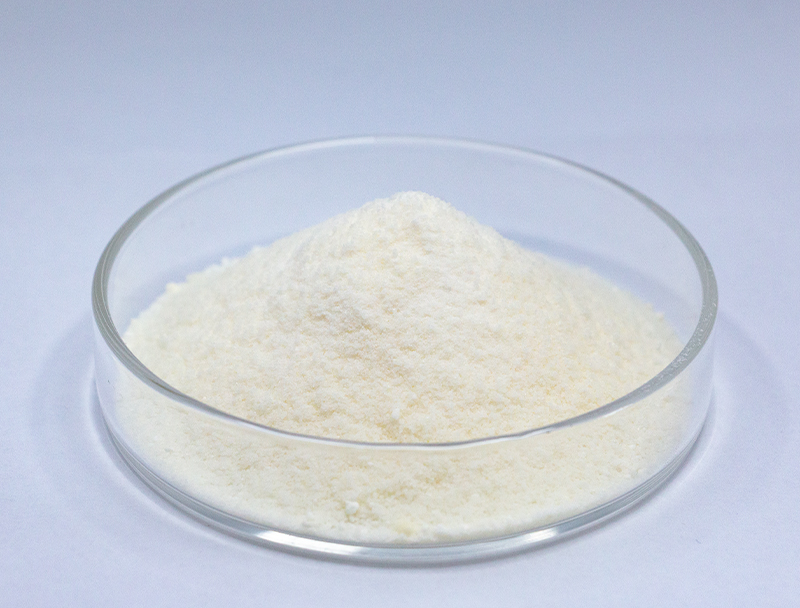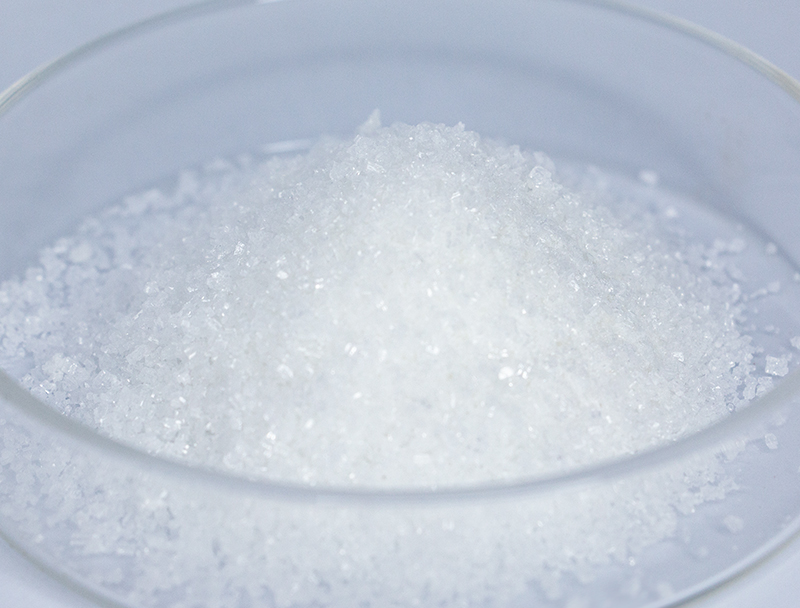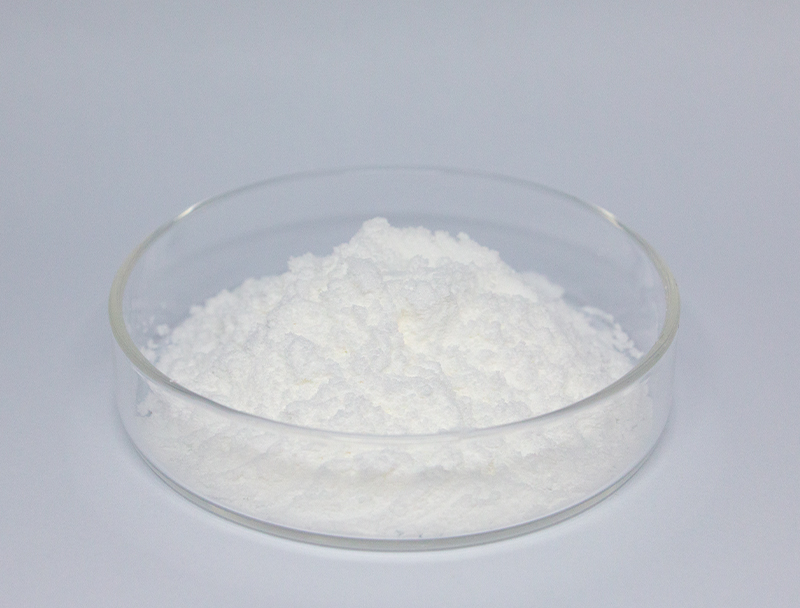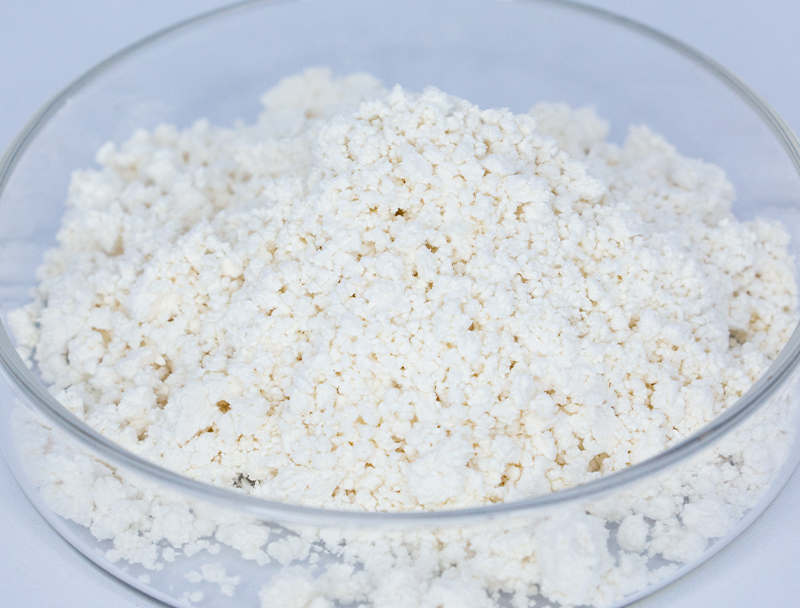
Biomanufacturing relies heavily on a plentiful suite of substrates to supply inventive bioproducts.
Protecting the sustainable sourcing of these resources dictates persistent stability and principled industry advancement.
various risks tied to conventional feedstock acquisition such as ecological damage and resource depletion. Hence, industry players ought to pursue innovative supply solutions to lower carbon burdens.
- Instances of green procurement approaches are:
- Harnessing secondary biomass from farming outputs
- Deploying circular process designs to reduce discard and boost reuse
- Teaming up with provincial partners who practice sustainable procurement
Such a move to ethical procurement delivers ecological gains and commercial returns over time.
Upgrading Feedstock Traits for Better Biofuel Performance
Enhancing biofuel output is grounded in superior feedstock characteristics. Research teams persist in studying techniques to boost feedstock performance, achieving increased output and long-term energy sustainability. Approaches include genomic enhancements to boost biomass growth and processing methods to convert complex lignocellulose into fermentable sugars.
- Furthermore, teams search for alternative biomass sources including algal strains, industrial wastes, and crop leftovers to broaden sustainable feedstock options for fuels.
- With persistent development the field will likely demonstrate notable gains that foster a more sustainable energy system.

Transformations in Upstream Biopharma Workflow Design
covers the early phases of biopharma production including culturing and biological harvesting Recent developments in this field have resulted in optimized workflows that raise overall output.
Salient improvements involve specialized expression hosts, fine-tuned media strategies, and next-gen bioreactor concepts. Such breakthroughs boost efficiency and simultaneously reduce manufacturing costs and carbon burdens.
- Concurrently, continuous manufacturing approaches bring amplified flexibility and more consistent upstream outcomes.
- This transition to advanced manufacturing techniques is set to transform the sector and accelerate therapeutic timelines.

CRISPR and Beyond: Improving Biopharma Production
innovations in genome-editing toolsets have enhanced biopharmaceutical manufacturing. By precisely targeting genes within host organisms, researchers can enhance the yield of valuable therapeutic proteins. This route supports the creation of more affordable and productive treatments for multiple disorders.
Microbial Biotechnology as a Sustainable Cleanup Strategy
advanced microbe-driven remediation methods to treat contaminated sites sustainably. Engineered and natural microbes can attenuate pollutants via metabolic conversion.. Harnessing microbe-based degradation fosters cleanup tactics that minimize environmental disruption and residual waste.. Research teams analyze microbial diversity to find candidates that metabolize heavy metals, break down pesticides, and treat oil-contaminated matrices.. Organisms may be utilized in controlled reactors or in place to accelerate contaminant decomposition through biodegradation..
Employing microbial strategies for remediation provides multiple benefits versus traditional techniques. These methods are economical and eco-conscious while reducing hazardous secondary waste. Moreover, microbes can be tailored to address specific pollutants with minimal impact on non-target organisms. Research progresses swiftly to enhance microbial remediation efficiency and practical effectiveness.
Leveraging Bioinformatics for Novel Therapeutics
Bioinformatics techniques are integral to present-day therapeutic development workflows. By screening targets and refining candidate molecules, informatics drives faster, evidence-based development.
- With analysis of broad omics and clinical datasets, bioinformatic experts identify targets and model drug effects.
- Furthermore, computational modeling of drug–target interactions aids rational design of higher-performing therapeutics.
- Finally, bioinformatics is revolutionizing the drug discovery and development process, accelerating the time to bring safe and effective treatments to patients in need.
Pathway Engineering for Greater Bioproduct Yields
employs a variety of strategies to augment the synthesis of valuable bioproducts within microorganisms. These strategies can involve genetic modifications to optimize metabolic pathways, regulation of gene expression, and the introduction of novel genes to confer new capabilities.. By refining pathway flux and regulation engineers can significantly raise bioproduct production.
This broad strategy is positioned to innovate sectors including pharmaceuticals, crop science, and bioenergy.

From Lab to Plant: Challenges and Opportunities in Biomanufacturing Scale-Up
Expanding production volumes poses difficult barriers yet offers substantial opportunities. Ensuring product consistency at larger manufacturing scales represents a major hurdle. Resolving it depends on rigorous control strategies, precise instrumentation, and comprehensive analytics.

Complexity in multi-step biomanufacturing operations presents ongoing operational challenges.. Reengineering workflows for mass production involves rigorous R&D and inventive technology deployment.. Nonetheless, the advantages can be major. Proper scaling can increase therapy supply, reduce expenses, and elevate profitability.
A range of strategies is being implemented to address scaling problems. Approaches include cutting-edge process optimization tech, comprehensive analytics for control, and disruptive manufacturing designs.
- Technology development efforts underpin advances in production capability.
- Regulators are reforming approval systems to facilitate adoption of advanced manufacturing and nurture innovation.
Navigating the Regulatory Landscape for Biopharmaceuticals: Ensuring Safety and Efficacy
Producing biopharmaceuticals demands comprehensive oversight to guarantee safety and clinical effectiveness. Biologically derived medicines entail particular manufacturing and regulatory complexities compared with chemical drugs.
Authorities including the FDA and EMA implement guidelines and thresholds to assess and approve novel biologic products.
Robust assay and safety testing are obligatory from discovery through post-marketing surveillance.. The processes aim to expose risks and ensure that treatments meet exacting safety benchmarks.
Concurrently, regulatory organizations fine-tune methods to remain compatible with quick scientific advancements. Strategies include welcoming technological advances and simplifying development while prioritizing patient safety.

Plant-Derived Inputs for Next-Gen Bioplastics
Growing emphasis on eco-conscious materials catalyzes research into plant-based options. Using plant feedstocks to make bioplastics gives a promising direction for sustainable material development. Sources like cornstarch, cellulose fibers, and sugarcane biomass can transform into compostable plastics that decompose and reduce pollution.
Similarly, selected bioplastics offer analogous properties to traditional plastics suitable for many applications.. Continuous development will unlock plant biomass value for sustainable bioplastic production and support circular systems.
Biotechnology's Impact on Global Health and Food Security
Emerging biotechnologies deliver avenues to improve health outcomes and secure food resources. Using genome engineering, synthetic biology techniques, and cell-based treatments, innovators devise ways to tackle pathogens, amplify yields, and improve nutrition.. A concrete example includes modified crops engineered for pest 5-Aminolevulinic acid and stress tolerance that yield more while decreasing pesticide needs. Furthermore, biotechnology supports creation of vaccines, therapeutic agents, and advanced diagnostics that strengthen responses to infectious threats and enhance health outcomes.. As research progresses, biotechnology holds immense promise for creating a healthier and more sustainable future for all.
